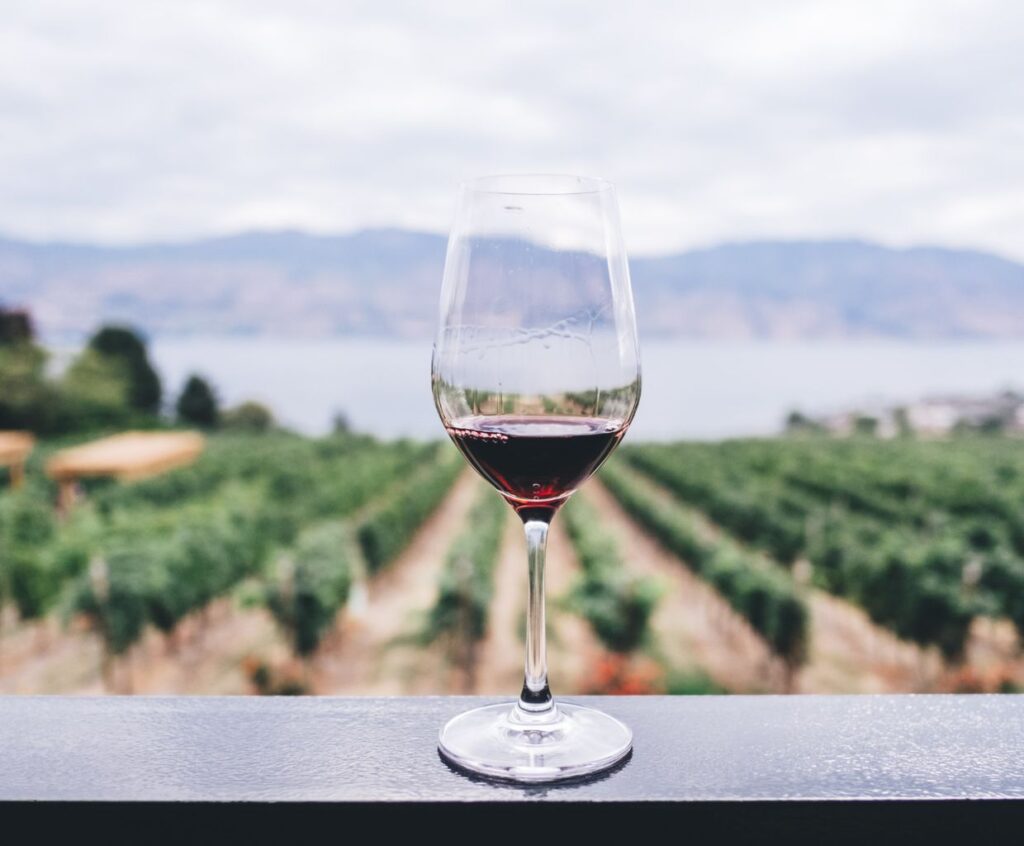What Are The Types Of Wine Glasses And How They Are Made?
This article will delve into the fascinating world of wine glasses. Whether you are a wine connoisseur or enjoy a glass occasionally, understanding the different types of wine glasses and how they are made can significantly enhance your wine-drinking experience.
So, let’s raise our glasses and embark on this delightful journey!
Types of Wine Glasses
When it comes to wine glasses, there are various types, each designed to enhance the flavors and aromas of different types of wines. Here are some of the most common types you may come across:
1. Red Wine Glasses
Red wine glasses typically have a more giant bowl than other wine glasses. The wide bowl allows the wine to come into contact with more air, which helps to release and intensify its aromas. The shape of the glass also directs the wine to the back of the mouth, emphasizing the wine’s flavors.
2. White Wine Glasses
White wine glasses are generally smaller and more U-shaped than red wine glasses. The smaller bowl helps preserve white wines’ cooler temperatures and concentrate their delicate aromas. The narrower opening also directs the wine towards the front and sides of the palate, highlighting its acidity and freshness.
3. Champagne Flutes
Champagne flutes are known for their tall, slender shape and narrow bowls. This design helps to preserve the carbonation and effervescence of sparkling wines, allowing the bubbles to rise gracefully to the surface. The narrow opening also helps to retain the wine’s aromas.
How Wine Glasses Are Made
Wine glasses are typically made from clear, lead-free glass or crystal. The manufacturing process involves several steps, including:
-
- Gathering the molten glass material from a furnace using a blowpipe.
- Blowing the glass into a mold to create the desired shape and size.
- Allowing the glass to cool and solidify.
- Removing any imperfections or excess glass using cutting and polishing techniques.
- Inspecting the finished glass for quality and clarity.
The final result is a beautifully crafted wine glass ready to enhance your wine-drinking experience.
Now that you know more about the types of wine glasses and how they are made, the next time you pour yourself a glass of your favorite wine, take a moment to appreciate the vessel that holds it. Cheers!
What materials are commonly used in the production of wine glasses?
The most commonly used material in the production of wine glasses is glass. This is because glass is transparent, allowing the color and clarity of the wine to be appreciated. Additionally, glass is non-reactive, which means it does not affect the taste or aroma of the wine.
Crystal is another material used in the production of wine glasses. Crystal is a type of glass that contains lead. It is known for its clarity, brilliance, and ability to reflect light. Crystal wine glasses are often considered more elegant and luxurious. However, they are more fragile and require more careful handling than regular glass wine glasses.
Are there any specific techniques or methods involved in making wine glasses?
Yes, there are specific techniques and methods involved in making wine glasses. Here are some critical steps involved in the process:
1. Glassblowing: Wine glasses are primarily made through the art of glassblowing. A glassmaker starts by gathering molten glass on the tip of a blowpipe from a furnace.
2. Shaping the bowl: The glassblower blows air into the pipe, creating a bubble in the molten glass. They then shape the bubble by rotating and blowing, gradually forming the bowl of the wine glass.
3. Creating the stem and foot: The glassblower elongates and thins down the bubble to create the stem of the wine glass. They then shape the bottom part to form the foot, providing stability to the glass.
4. Annealing: After the initial shaping, the glass is placed in an annealing oven to cool down and relieve internal stress gradually. This process ensures the glass’s strength and durability.
5. Cutting and polishing: Once the glass is annealed, it can be cut and polished to achieve specific designs or patterns. This step often uses diamond-tipped tools to create facets or smooth edges.
6. Quality control: The final step involves inspecting each wine glass for imperfections, such as cracks, bubbles, or unevenness. Only the glasses that meet the desired quality standards are packaged and distributed.
It’s worth noting that different glass manufacturers may have their variations or proprietary techniques, but the general process remains consistent.
How do the shapes of wine glasses influence the taste and aroma of wine?
The shape of wine glasses can significantly impact the taste and aroma of wine. Here are a few ways in which glass shape influences the wine experience:
1. Aroma Enhancement: Different glass shapes can enhance the aroma of wine by directing the aromas towards the nose. For example, glasses with a tulip-shaped bowl and a narrow opening can concentrate the aromas, allowing the wine’s bouquet to be better appreciated.
2. Oxidation and aeration: The shape of the glass can also influence the level of oxidation and aeration the wine receives. Glasses with a broader bowl or larger surface area expose more wine to air, allowing it to breathe and develop, which can soften harsh flavors and release more aromas.
3. Temperature control: The shape of the glass can affect the rate at which the wine warms up or cools down. Glasses with a longer stem allow the drinker to hold the glass without warming the wine, while glasses with a broader bowl can help maintain the temperature of chilled wines.
4. Wine flow: The shape of the glass can control the flow of wine onto the palate. Glasses with a narrower opening direct the wine towards the front of the mouth, enhancing the perception of sweetness. In contrast, wider openings distribute the wine across the palate, allowing for a more balanced taste experience.
5. Bubbles in sparkling wines: The shape of the glass can impact the release and presentation of bubbles. Tall, narrow glasses like flutes help preserve the carbonation and showcase the streams of bubbles, while wider bowls like coupes allow for faster bubble release but may result in quicker dissipation.
It’s important to note that these effects are subtle and can vary depending on personal preferences and the characteristics of the wine being served. Nonetheless, choosing the right wine glass can enhance the overall sensory experience and bring out the best in a wine’s taste and aroma.







